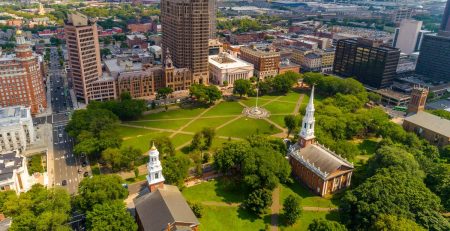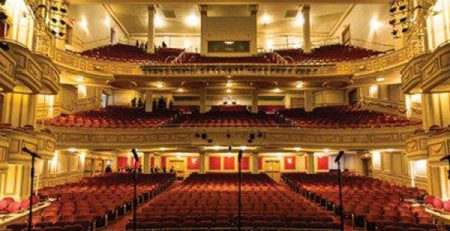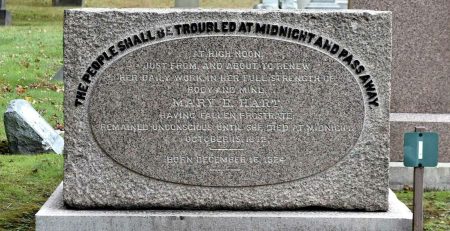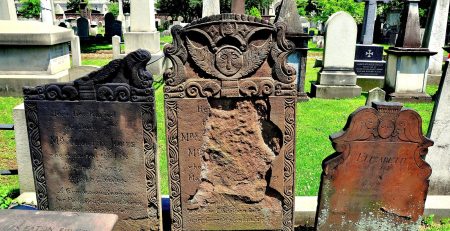Celebrated each February, National Black History Month is a time to honor the triumphs and accomplishments made by the Black community, to remember those who have shaped our society through struggle and sacrifice, and expand our lenses of history to be more inclusive, more honest, and more hopeful. Throughout Black History Month, one name, one figure comes to the forefront of the collective mind of New Haven – William Lanson.
Widely considered as one of New Haven’s most influential historical figures, William Lanson was a Black entrepreneur, engineer, and builder. Born into slavery, William Lanson was freed by his enslaver in 1797, landing in New Haven between 1803 and 1807 where he would build a career in construction. In time, Lanson would go on to lead two prominent projects in New Haven, changing the face and future of our city.
Considered one of the most impressive engineering accomplishments of its time, the extension of Long Wharf, led by Lanson, added more than 1,500 feet to the area, allowed for the construction of an 80 ft. pier, and invited large cargo ships to dock and unload, boosting the economy and global prominence of New Haven. In 1825, politician and abolitionist James Hillhouse hired Lanson to build the New Haven section of the Farmington Canal and just as he did with his first project, Lanson hired 20-30 Black men to help. After its completion, Lanson was never paid fully what was owed to him, but he made sure his workers were. Even in the face of strife, his ethics remained solid. He purchased a former slaughterhouse to develop a series of sheds and barracks for his tenants and customers, and went on to explore other business ventures including a livery stable, store, and hotel.
As a neighbor of New Haven, Lanson was well-known and respected by many, named an “honorable member of society” by Rev. Timothy Dwight of Yale. Lanson was honored with the title of “African King of New Haven,” a distinction given to the most respected leaders of the Black community.
Beyond his engineering accomplishments, Lanson was active in the Underground Railroad, sheltering enslaved runaways, assisted in securing legal services for the Amistad captives, and organized a Black church, the African United Ecclesiastical Society. Under his leadership, the Black population of New Haven grew by hundreds. He did all of this while faced with immeasurable resistance. For racists and detractors, William Lanson became a pillar and a scapegoat for their hostilities. Newspapers conspired against Lanson, accusing him of leading a criminal enterprise, accusations that were falsely convicted in court. Lanson was pushed to the brink, forcing him to relinquish his properties and accomplishments, and move out of New Haven.
William Lanson died in 1851 following years of illness. His life, like many of his contemporaries, was marked by painful duality – his honor, significance, and achievement as a prominent leader, and the racism, cruelty, and hatred that loomed above him. His story is one that represents not only New Haven’s history, but America’s history. Whether it be in the depths of the Underground Railroad, or the piers of Long Wharf, William Lanson was there.
In 2020, a 7-ft. bronze statue of William Lanson, sculpted by artist Dana King, was unveiled on the Farmington Canal, presented with a grant to develop an educational program focused on the history of Lanson. This statue, this program, and even this blog, stand to honor the Black history that exists in New Haven and encourage our neighbors to look around our city and marvel at where we’ve been, and where we’re going.












